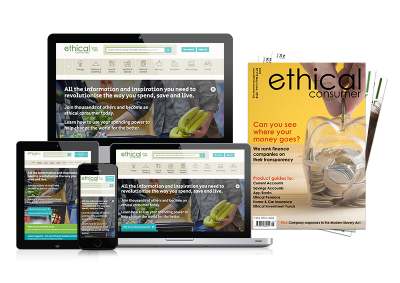Since 2017 it has been compulsory for all companies in the UK with over 250 employees to publish the difference between the pay (the pay gap) and bonuses (the bonus gap) of their male and female employees.
The gender pay gap in the UK is largest in the financial and insurance industry. The difference in bonuses is even higher.
The gender pay gap expresses the difference in pay across the whole organisation, and a key reason for the gap is the higher proportion of men in senior roles. It is not to be confused with equal pay, which looks at pay received by men and women for the same role, and is a legal requirement in the UK.
What is the gender pay gap in the banking world?
The finance industry is the worst sector in the UK with the biggest gender pay gap.
Of the finance organisations we looked at, the worst is HSBC Bank (and its subsidiaries) with a pay gap of over 40%. The lowest are Unity Trust and Scottish Friendly with pay gaps below 5%.
If the pay gap is 35%, this means that women on average earn 35% less than men across the organisation.
Most pay gaps had decreased since we last looked in 2021, with Nationwide and Co-op Bank decreasing the most, by more than 10 percentage points.
But, pay gaps at several brands had increased, with Virgin Money increasing the most.
The pay gap figures are based on the median – the middle wage of a range when everyone’s wages are lined up from smallest to largest. The median is used rather than the average or mean because the median is a more representative figure which is not skewed by a few highly paid people.
Why is there a gender pay gap?
While women’s participation in finance is higher than the average across the British economy, female professionals predominantly occupy the lower levels in organisational hierarchies and remain the minority in the top ranks of the sector.
There are two other key barriers for women identified by Women Working Worldwide:
- The Sticky Floor: Women are more likely to be trapped in lower-paying roles with fewer promotion opportunities.
- The Glass Ceiling: Even when women are qualified for leadership roles, they are overlooked in favour of men.
Both of these barriers are a result of conscious and unconscious biases in decision-making at a workplace, such as a stereotype of women having lower leadership potential than men.
According to the OECD, around 40% of the gender pay gap is linked to the sticky floor (keeping women in low-paid roles), while the remaining 60% comes from the glass ceiling and unpaid care work.








